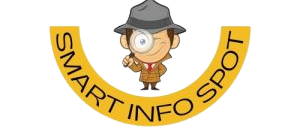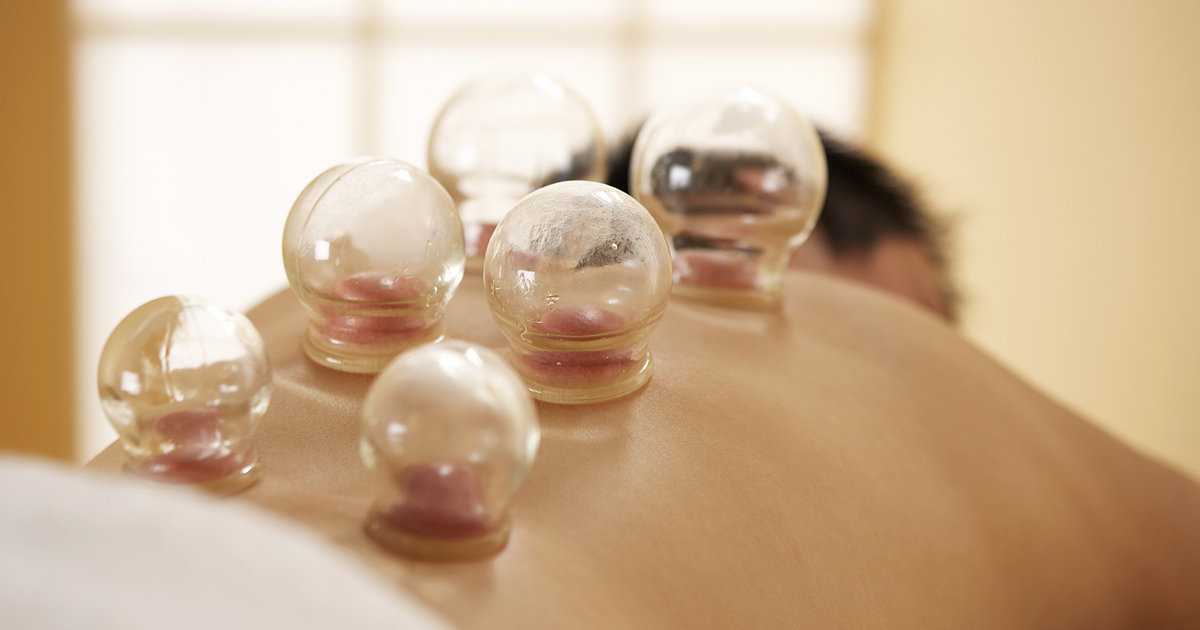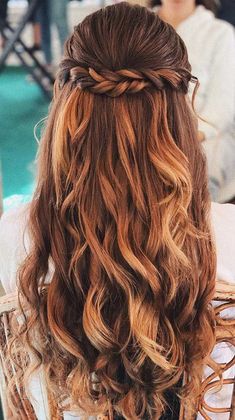Cupping therapy is an ancient technique used by Chinese healers to improve blood flow, treat pain, and reduce swelling. While it’s not well known in the United States, it’s becoming more popular in other parts of the world and in western medical circles as well. Here’s everything you need to know about cupping therapy and its health benefits.
What is cupping?

Cupping has been around for thousands of years. Egyptians first used it and people have been seeing it as a treatment option in many forms throughout history. Recently, however, there’s been a revival among athletes in cupping therapies because of their ability to improve performance, relieve pain, and even help resolve chronic muscle tightness caused by athletics or just poor posture throughout our lives. It’s also beneficial in increasing overall circulation while improving deep tissue penetration of your body through use of suction cups. When combined with massage therapy, cupping can really go far in releiving aches and pains. These are all great things for fitness enthusiasts who want greater flexibility and mobility from muscles that just aren’t letting you move like you could before.
Cupping is a gentle, non-invasive technique used to alleviate the pain and tightness in muscles. You can be offered cupping as a stand-alone treatment or as a complement to other forms of therapy. A massage, in combination with cupping, are powerful tools for your total wellness and fitness success. They’ll improve your flexibility and mobility, key elements in muscle recovery and health. Are you on the hunt for a therapeutic type of massage that is effective yet cost-efficient? If so, I highly recommend you try cupping.
The benefits of cupping
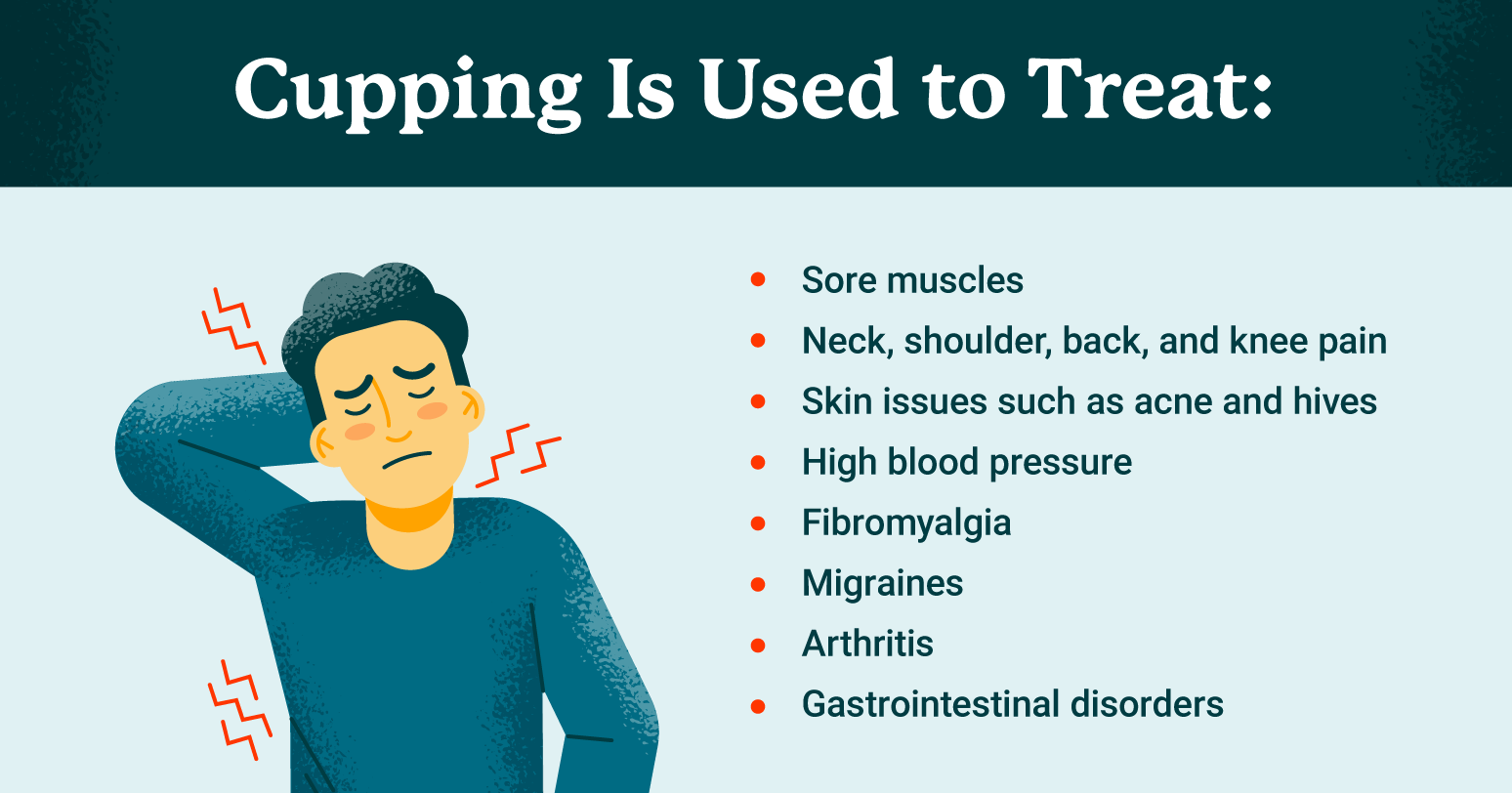
Cupping is a form of alternative medicine in which local suction is created on human skin, using either heat or mechanical means. According to cupping practitioners, it represents one of a number of ways of treating disease by improving blood flow, but there is no high-quality evidence that shows that cupping has any health benefits. Research into cupping has suggested possible adverse effects including burns and secondary infections, but there are very few studies on cupping in general and many appear to be poorly designed. Cupping may improve a person’s sense of well-being because of its powerful placebo effect, although it may also sometimes make symptoms worse.
Cupping is typically done on the skin, but practitioners may also use it for muscles and other internal organs. In general, cupping involves creating a small area of low air pressure inside a cup by using either heat or mechanical force. The cups are then placed on your skin; sometimes they’re held in place with straps or tape. Practitioners say that cupping works by bringing stagnant blood to surface tissues, which reduces pain and promotes healing from injuries or muscle soreness.
What are the drawbacks of cupping?
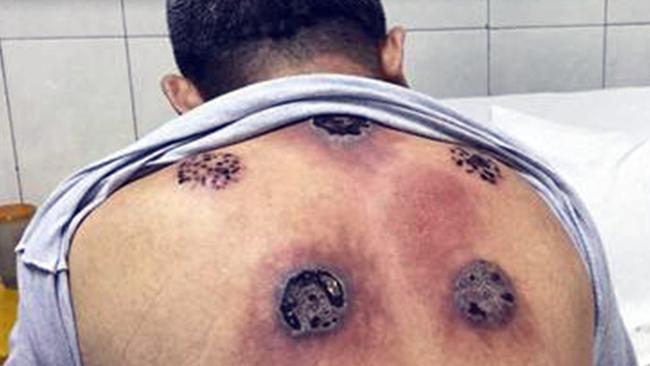
Interested in trying cupping? If so, speak with a licensed acupuncturist to find out if it’s right for you. Be sure to speak with your doctor or midwife before undergoing any new treatment. I recommend giving cupping a try if you are already open to alternative forms of healing, it could be another healing method to add to your collection! It’s also important to note that like all pain treatments, suction cups alone won’t cure or eliminate sources of chronic pain; they are simply one possible option among many. If you suffer from long-term pain, don’t assume that cupping alone will fix it—it may help reduce symptoms slightly, but there are other effective treatments as well. The bottom line?
How does it work?

Cupping is a traditional Chinese medicine treatment that uses cups with suction to massage and relax muscles. When attached over tight, sore muscles, cupping leaves bruises that fade as blood and oxygen are drawn into your tissue. The bruising can leave a cool sensation on your skin after it fades, helping you feel more relaxed overall. This can also help resolve chronic muscle tightness and pain, especially when paired with hot stones or another type of bodywork like acupuncture or massage. In fact, some believe that cupping’s use in Chinese medicine dates back as far as 4,000 years ago! These days it’s gaining popularity thanks to Olympic athletes who see its benefits for pre- and post-game recovery.
Some people may fear that cupping will leave them with scars, but these marks are only visible while they’re healing. Once they fade, you won’t be able to see them anymore. In addition, a trained professional will use cups made of flame-resistant glass or plastic so you don’t have to worry about getting burned. It’s best not to sunbathe right after a cupping session, however, as any open skin can become vulnerable in direct sunlight! Afterward, your skin may look redder than usual for several hours or even days. This is normal and should go away on its own without treatment. You can also help your skin recover faster by following good skincare practices such as using sunscreen and avoiding harsh exfoliants or cleansers until it fades completely.
When should I start getting cupped?

Cupping is a long-standing medicinal practice that has been used in Chinese, Korean, and Arabic medicine for thousands of years. Cupping involves placing cups on your skin to create suction. This draws your muscles closer together and allows more space for your tendons, ligaments, and fascia—all of which need room to move freely. This helps your body get rid of waste products, reducing toxins and improving overall function. Like massage or acupuncture, cupping increases circulation in affected areas by boosting both blood flow and lymphatic drainage . These moves also reduce pain by breaking up adhesions (knots) within muscle tissue.
The most common areas for cupping are:
1. Shoulder blades and upper back (hu guan)
2. Lower back and sacrum (dai guan)
3. Elbows, knees, hands, and calves (xie guan)
4. Middle of back, waist, head/face/neck (mai guan).
You can usually get these areas as part of a full-body cupping treatment or choose specific parts as part of a focused program. If you’re not sure where you should focus your efforts first, ask your massage therapist for advice.
What can I expect during the treatment process?
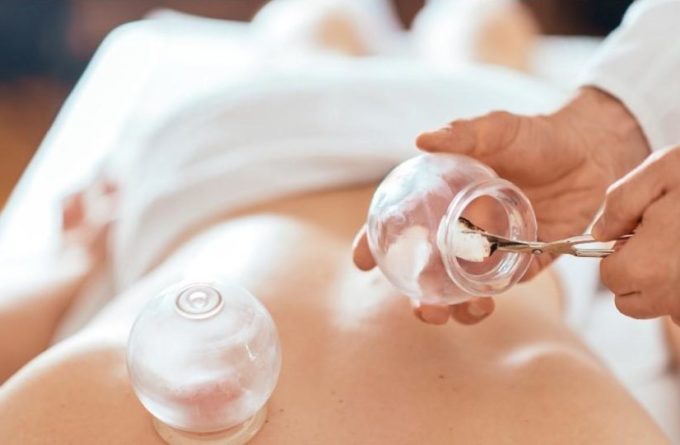
During a cupping treatment, several cups are placed on different areas of your body. In most cases, you’ll be lying down while your practitioner works. Many people say they feel warmth or heat in targeted areas of their body as a result of cupping, which can last anywhere from a few minutes to 20 minutes. The most common places for placement include: shoulders, neck, back and legs. But it all depends on what works best for you and your practitioner’s intuition.
As with most alternative health therapies, results vary. Some people feel instant relief and others experience long-term healing benefits. Cupping is used as part of a holistic treatment plan in some cases, while others use it alone for pain relief or relaxation. In general, cupping can help improve range of motion and overall circulation, among other things. If you want to try cupping but are worried about its safety or effectiveness, consult a qualified practitioner that specializes in these treatments.
How long will it take to see results?
You’ll begin to feel relief from pain almost immediately after your first session. The number of sessions you need will depend on what’s causing your pain and how intense it is. If you’re in a lot of discomfort, aim for two or three sessions each week; as symptoms lessen, space out treatments every few days or weeks until you’ve reached a point where your discomfort isn’t impacting your life at all.
Treatments last between five and 20 minutes, depending on where they’re placed. Treatments should be spaced a few days or weeks apart to give your body time to absorb and fully benefit from them. Be sure to keep up with appointments so you can get all of your results! If you don’t feel better after two or three sessions, it’s possible you’ll need a course of physiotherapy treatment instead.








